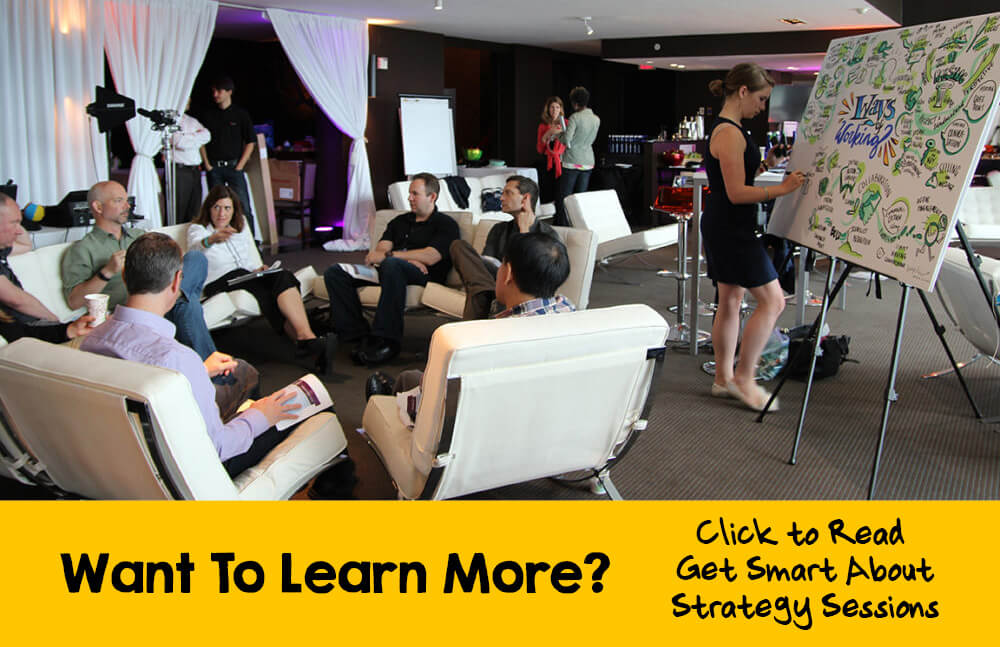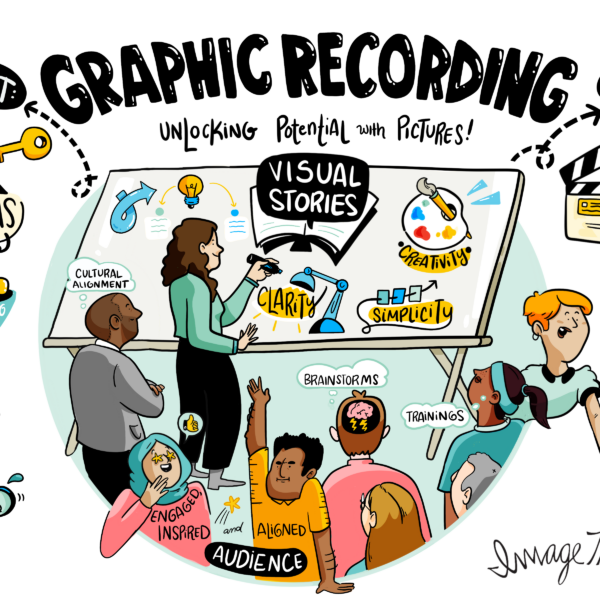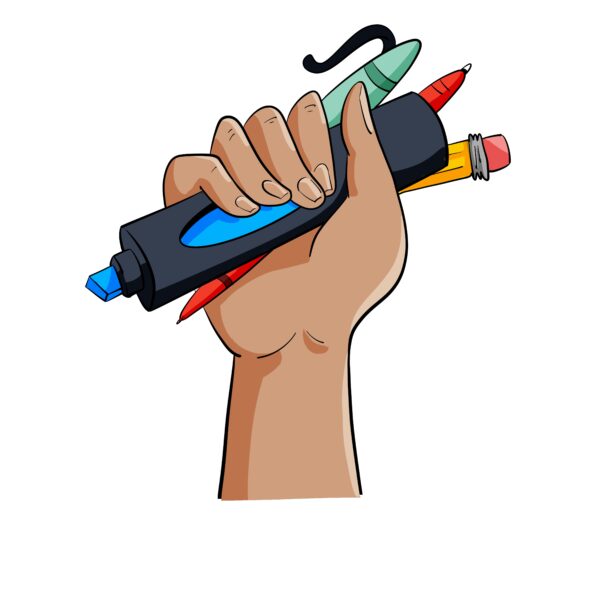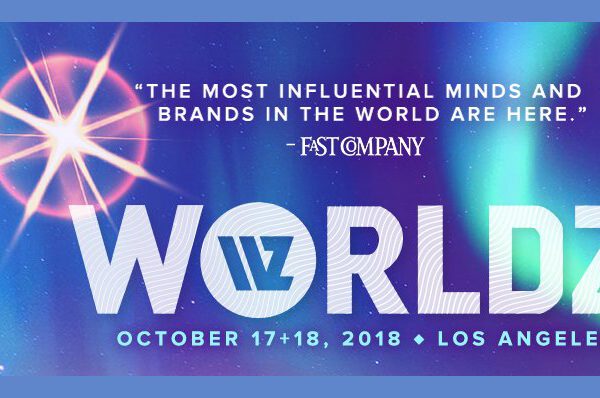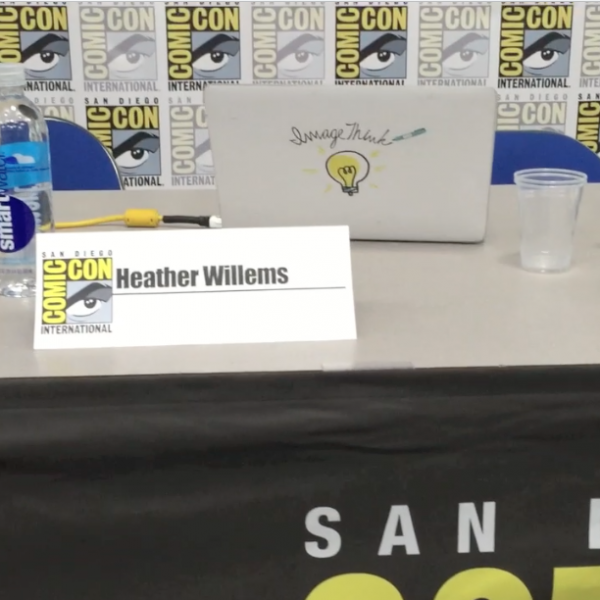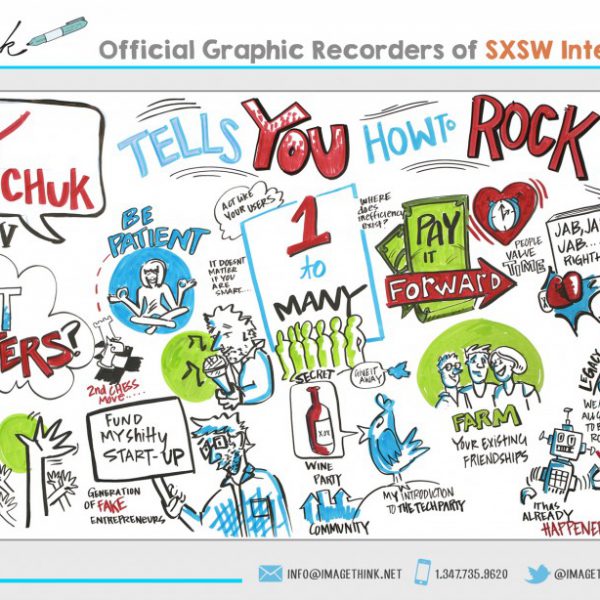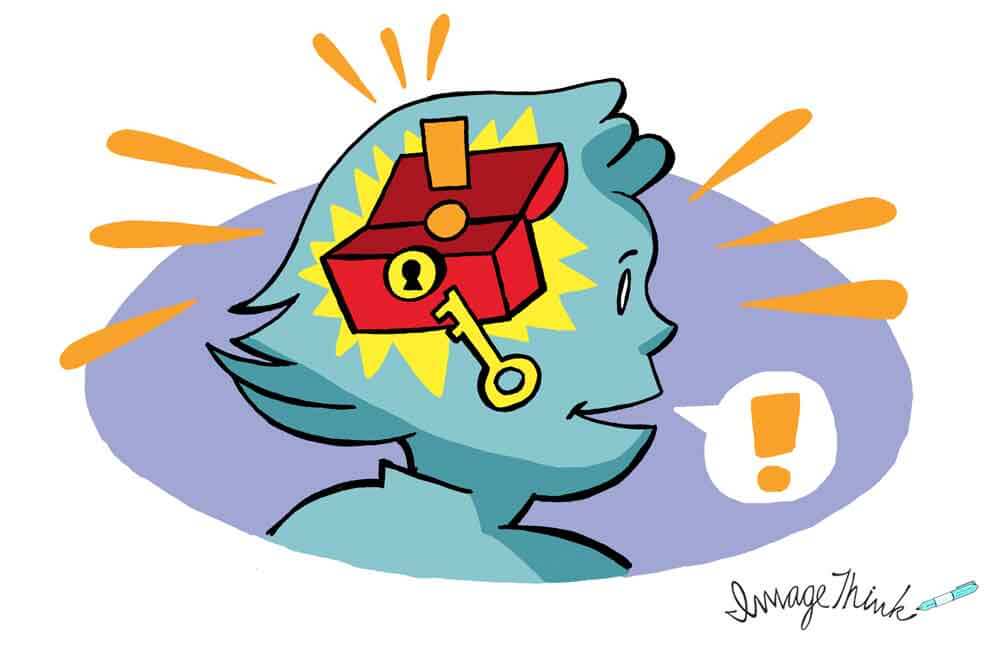
What is “Genius”?
Some describe genius as a sort of super power, gifted by fate to a chosen few. Others would call it the end result of a long, consistent period of study and practice, echoing the gospel of Malcolm Gladwell’s 10,000-hour rule. Without a doubt, genius is something beyond simple by-the-books intelligence (think Einstein’s famous frustrations with academia).
So what is that spark that we call “genius?” If there’s one common thread that ties them all together, it’s the ability to think in unconventional, creative ways about problems that traditional thinking has either written off as unsolvable or solved “enough.” People who demonstrate genius–whether in the sciences or the arts–aren’t just looking for a prescribed way to fill in the blanks. They look for solutions through as many avenues as possible. They have an insatiable curiosity about the world around them and the way that seemingly unconnected phenomena, when brought together, can illuminate each other in incredible ways.
One more common thread that ties geniuses together? They tend to think visually.
At ImageThink, we strongly believe in the power of visual thinking to open up the genius–that ability to push beyond conventional thinking to arrive at extraordinary conclusions and genius ideas–in everyone. We’ve seen it happen time and again at the strategy sessions, workshops, and presentations we support.
So let’s spend some time exploring how curiosity, and pictures, can be used to pull out moments of genius for you, your colleagues, and your organization.
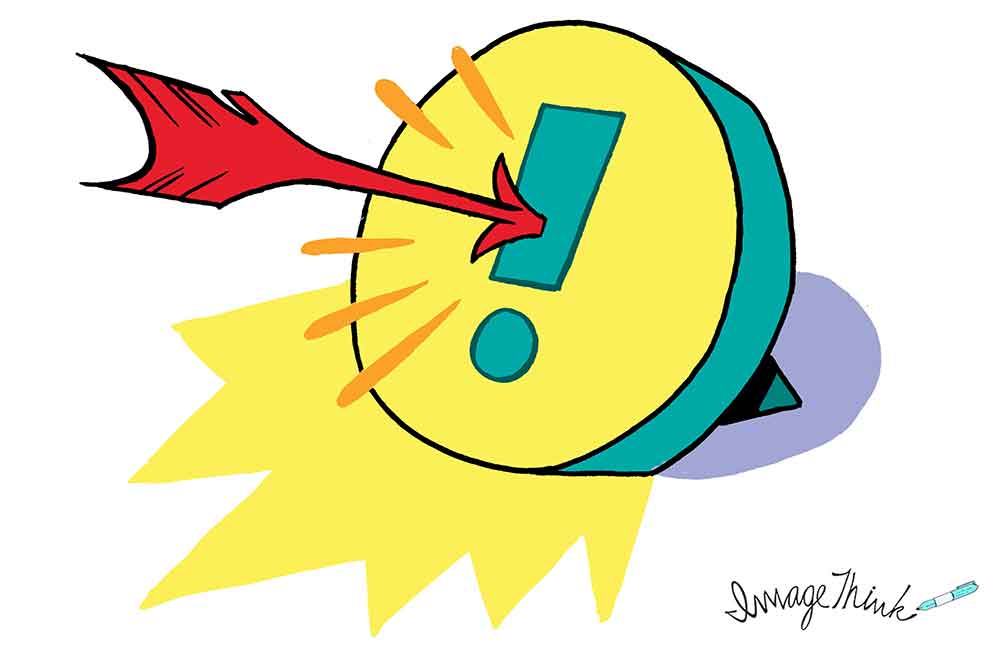
Define Your Goals and Challenges
Curiosity in the context of a concrete goal can be a valuable asset, but it helps to have a frame of reference and direction to look towards. What problem are you looking to solve? What questions are you attempting to answer? What are some of the very clear obstacles that are keeping you from reaching your desired ends?
Too often, we’ve seen strategy sessions with real passion fizzle out due to lack of structure or specified goal posts. Without structure, tangents take over; and without specified goal posts, challenges can seem insurmountable.
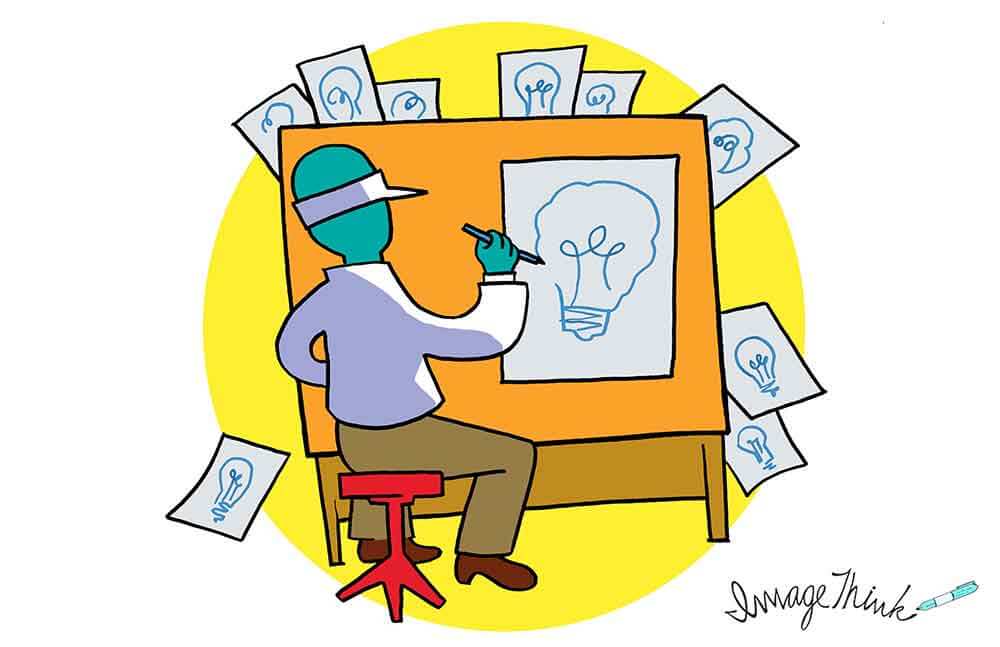
That’s why we use visual templates and sometimes, personal worksheets, and copies of our co-founders’ book Draw Your Big Idea to keep strategy sessions on track. Strategy session attendees who can see their mission laid out in a visual template find the power to name specific goals, to break challenges into manageable chunks, and to address each in turn. Reaching a solution or a genius idea is often a matter of identifying the problem in the first place, which leads to the next point…
Draw Out The Solution
It’s rarely the first idea that turns out to be the most genius idea, and it’s rarer still that attacking a problem from only one angle will result in the best solution. Take, for instance, the archetypal genius himself: Leonard DaVinci. Though he only brought a handful of works to completion, he was a very prolific sketcher.
DaVinci filled countless sketchbooks with diagrams and doodles. Many of the pages are filled with dissections of medical cadavers, sketches for fantastic machines and architecture. But just as many are filled with the most self-evident phenomena of day-to-day life: pigeons, waves, and countless other things that most people would simply walk past, not blinking twice.
Why spend so much time sketching such hum drum?
Well, because for someone truly curious about the world, it wasn’t enough to just take the first explanation at face value–he fully explored the things that surrounded his life, and from as many angles as possible. If he hadn’t, those fantastic flying machines, mechanical devices, and other genius ideas he designed would probably never have occurred to him.
In a similar fashion, when you’re addressing solutions to your problems, make sure you give yourself enough space to pull as many possible solutions as you can. Take the time to revisit what you’ve taken for granted as obvious, and look at it with fresh eyes. Literally draw out the various pieces of information you have, and see where you might find unexpected connections, overlaps, or redundancies.
Sometimes, that even means getting out of your own head, and that gets easier with….
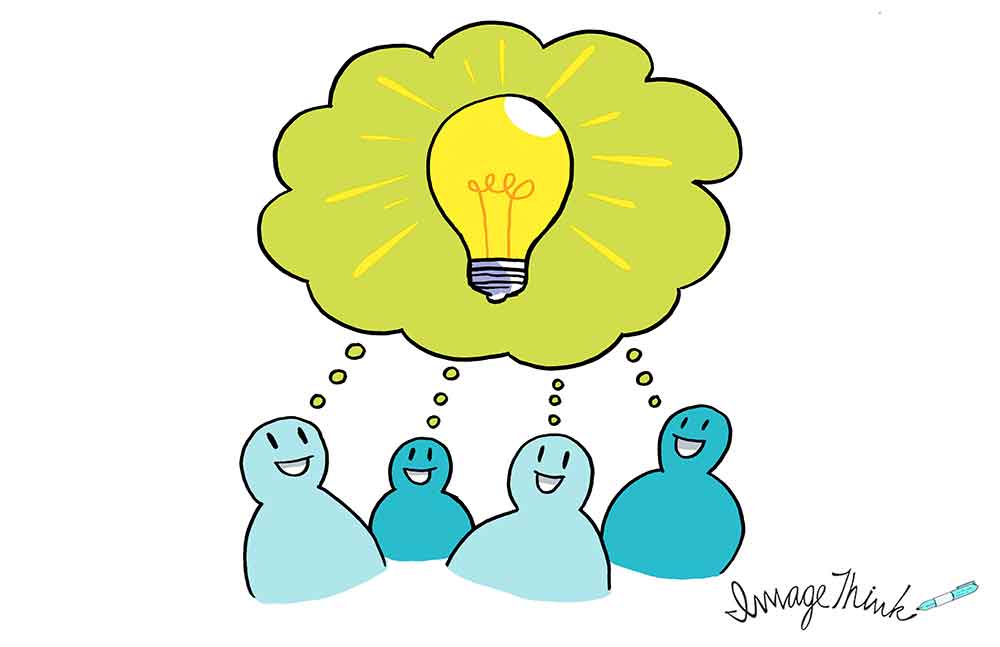
Collective Genius
It’s been said that every Pixar movie contains, “tens of thousands of ideas”, to quote the award winning studio’s co-founder. At the heart of their output is the collection of input from everyone involved in the creative process. Suggestions are taken from everyone, and no idea is taken for granted.
The collective genius of an organization can often be the sum of all of its thinkers. As graphic recorders, we listen carefully to each voice in a brainstorming session, and transcribe the thoughts of everyone that has a suggestion to contribute.
The result is a truly democratic mode of thinking, where everyone’s insight is given value. Visualized on the board, the idea of a normally timid person carries the same weight as that of someone who normally speaks over the room. This inclusive exchange of ideas is something that can help your team chart a new path to a previously overlooked solution with collective genius.

It’s rare that genius ideas are born in a vacuum, or a silo. When thinking about the problems and solutions of your organization, it’s best to frame them in context of the world around you.
What Does Your Genius Mean to The World At Large?
This question falls on the line between esoteric and relevant. Your tech company’s million-dollar idea may sound great to everyone in the room, but what if the general public thinks it sounds uncomfortably sci-fi? What if it’s a hit, but your friendly competitor is two steps ahead in applying something very similar?
As mentioned before, curiosity is something that is central to genius ideas, and the world is full of cues and insights that can help you refine your big revelations. For some of our clients, consumer journey maps and SWOTT (Strengths, Weaknesses, Opportunities, Threats, Trends) charts have the benefit of helping them place their strategies in a larger context.
That way, when those moments of genius come to a head, they can be shared with the world in the most beneficial way possible. Because what good is genius if it’s kept locked up in the conference room?
